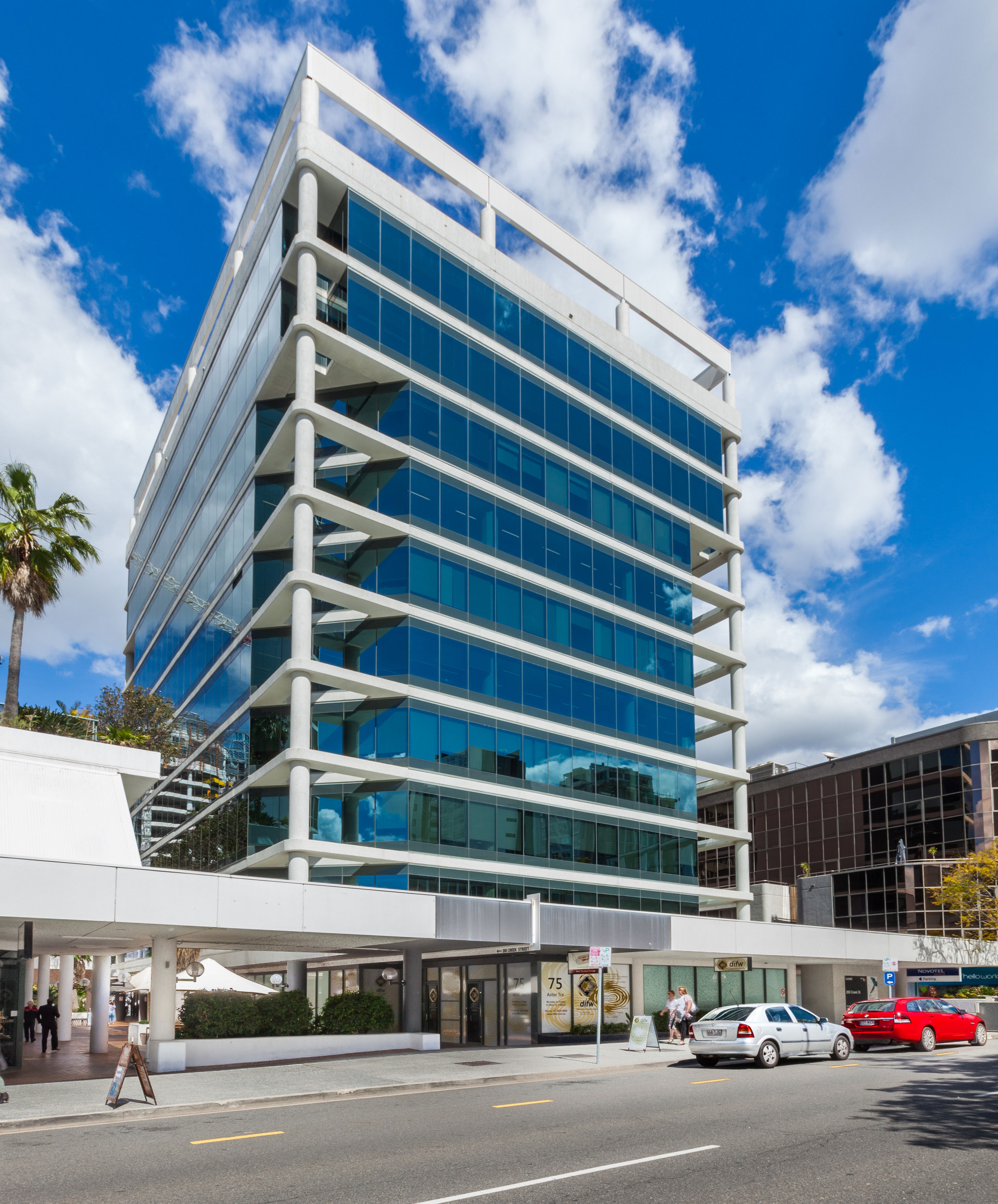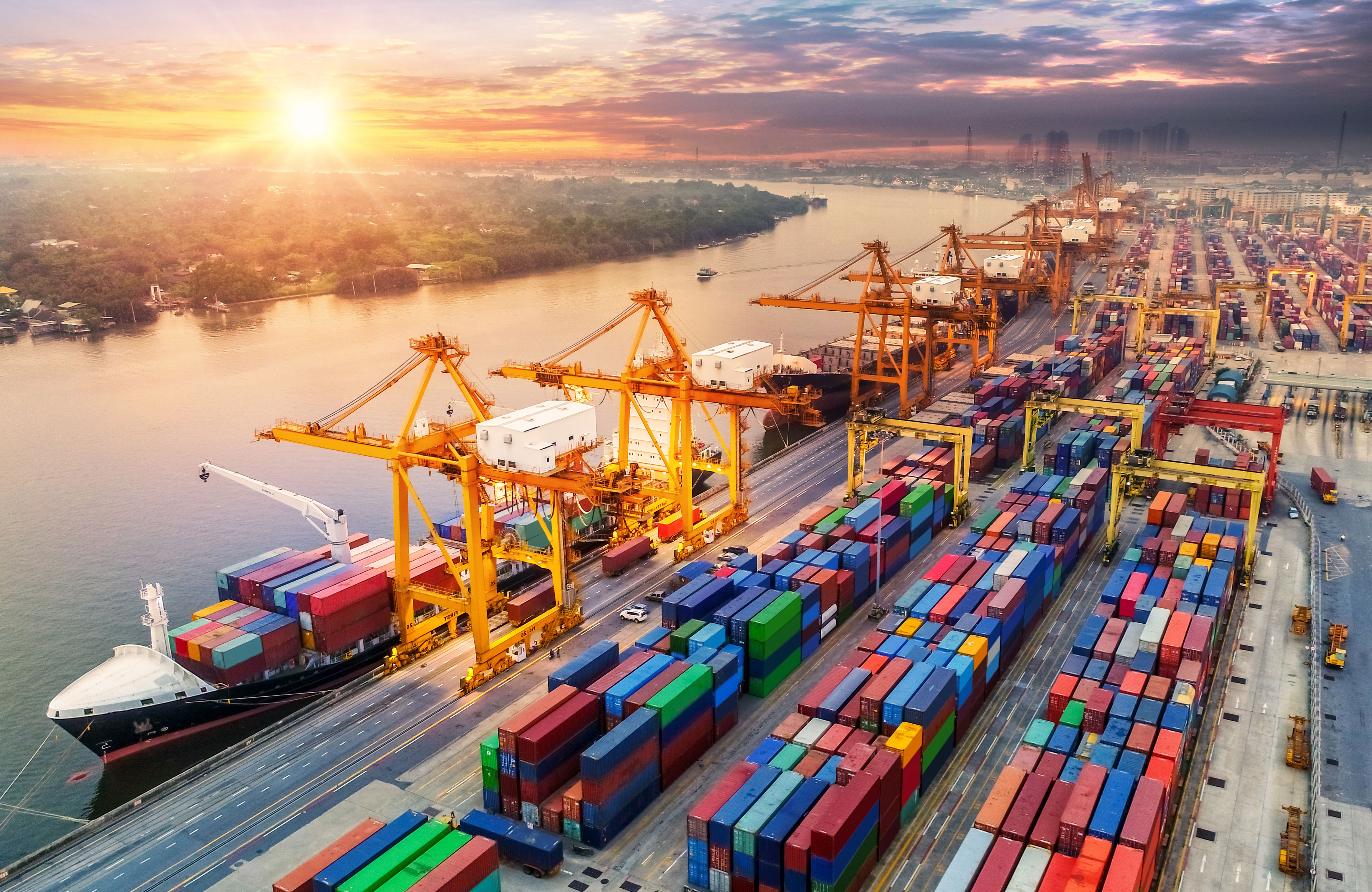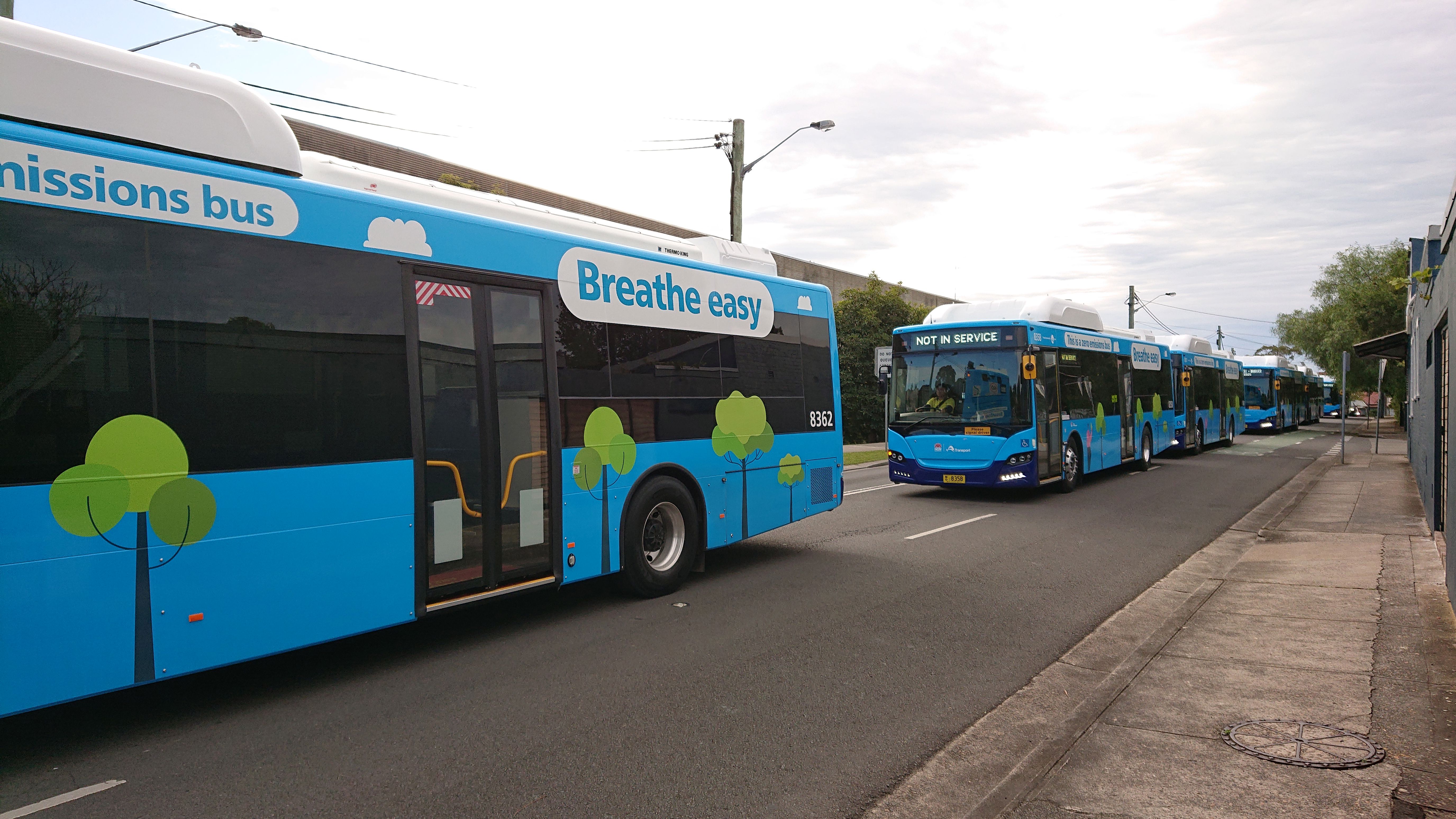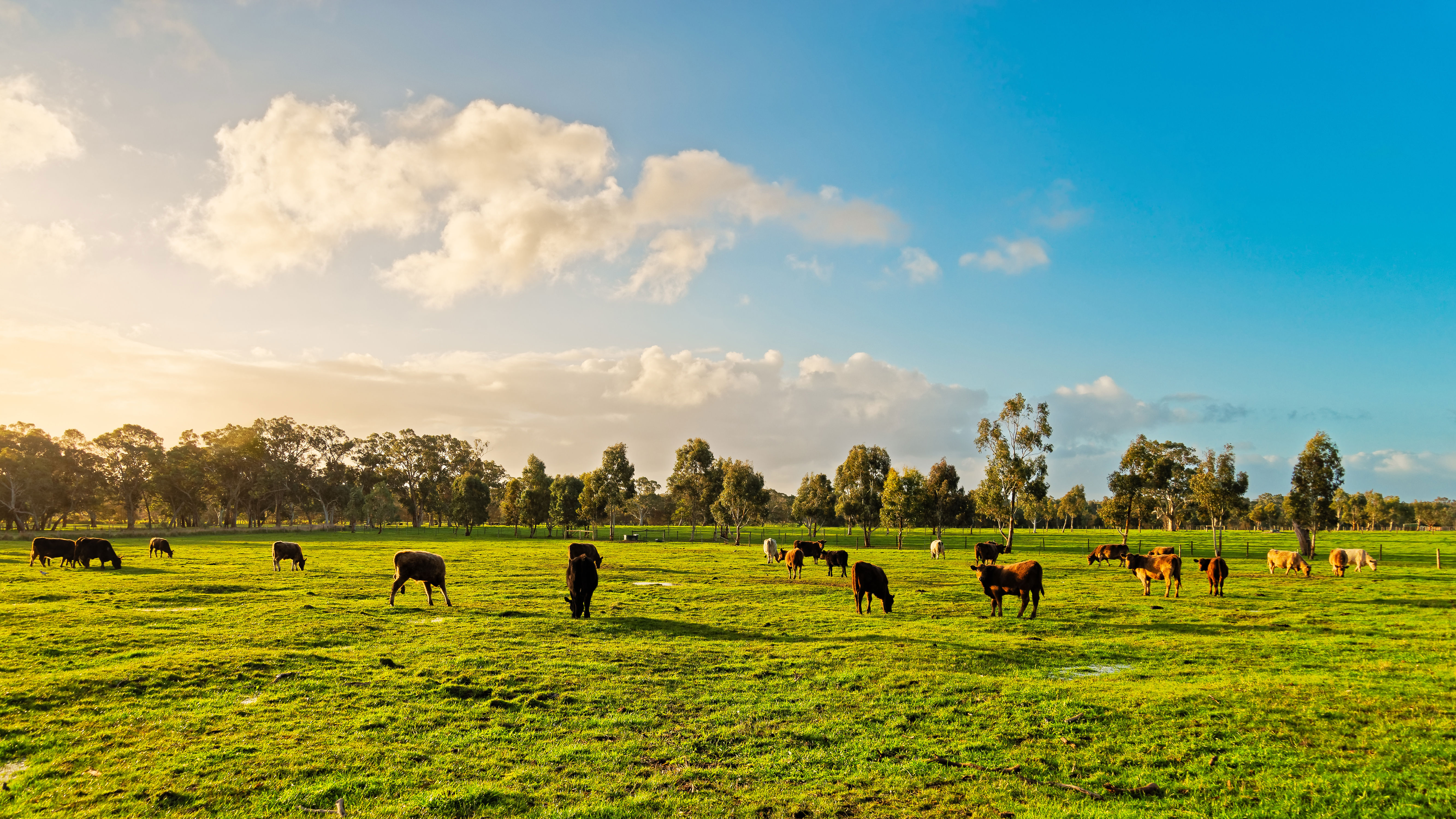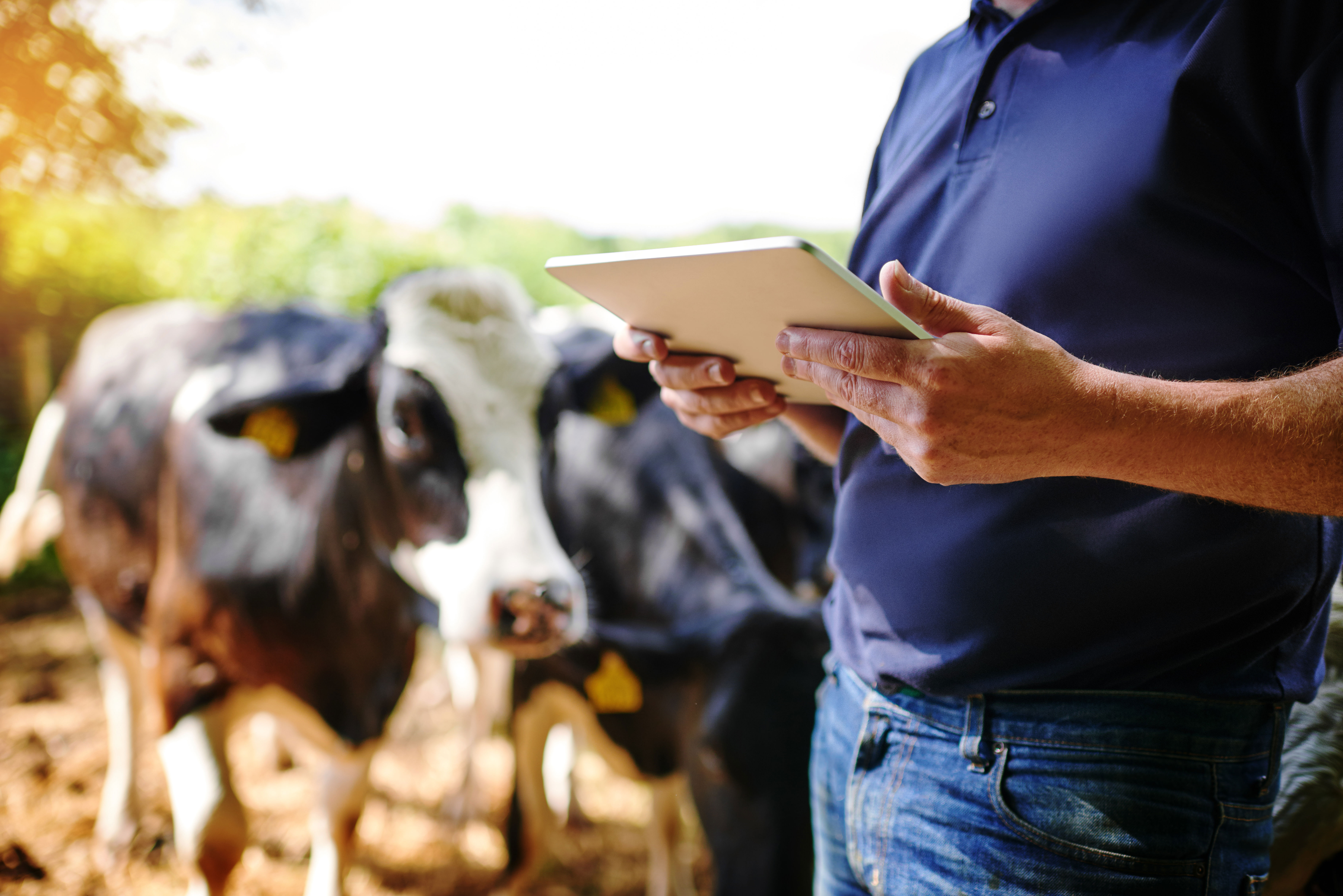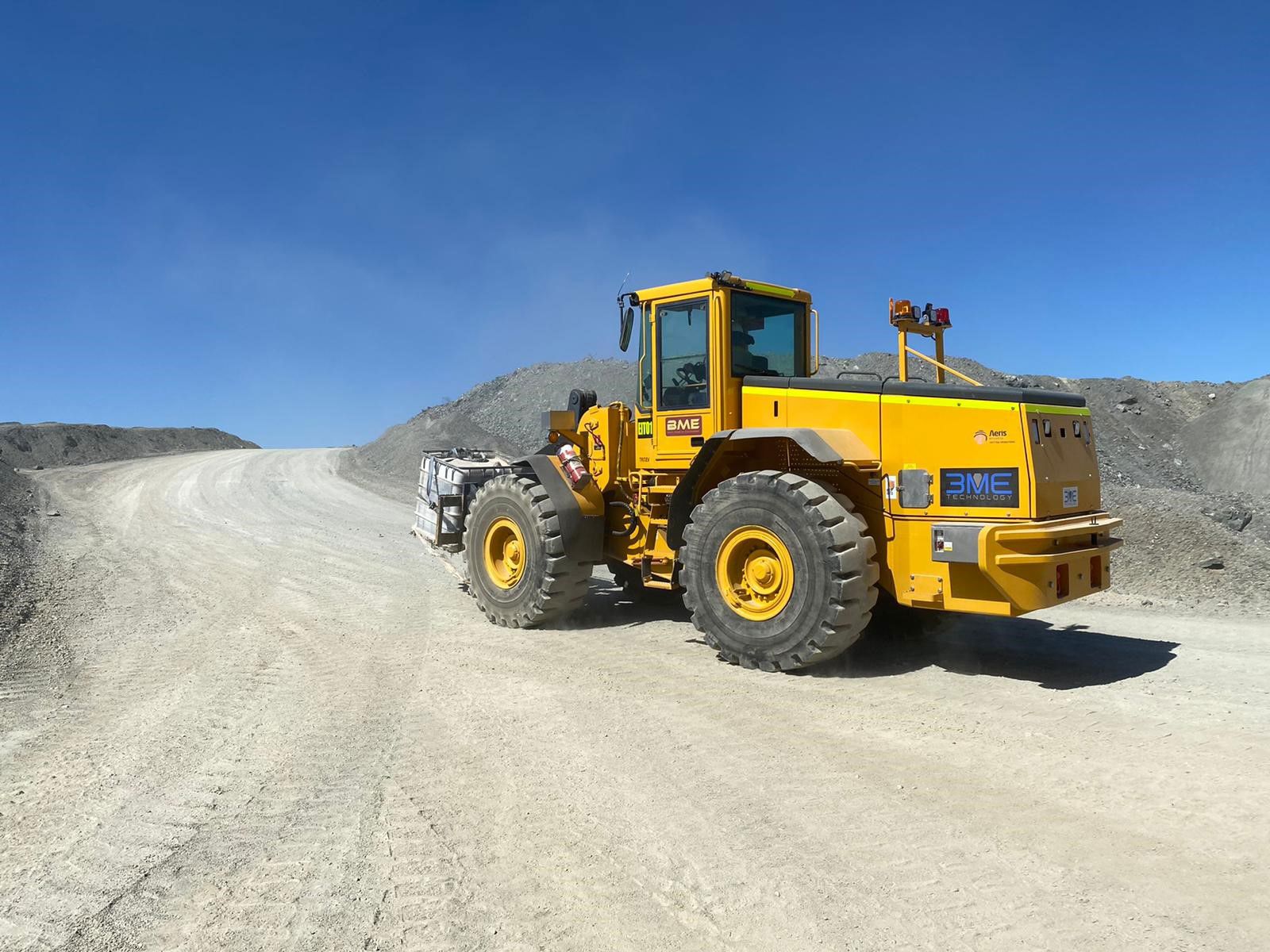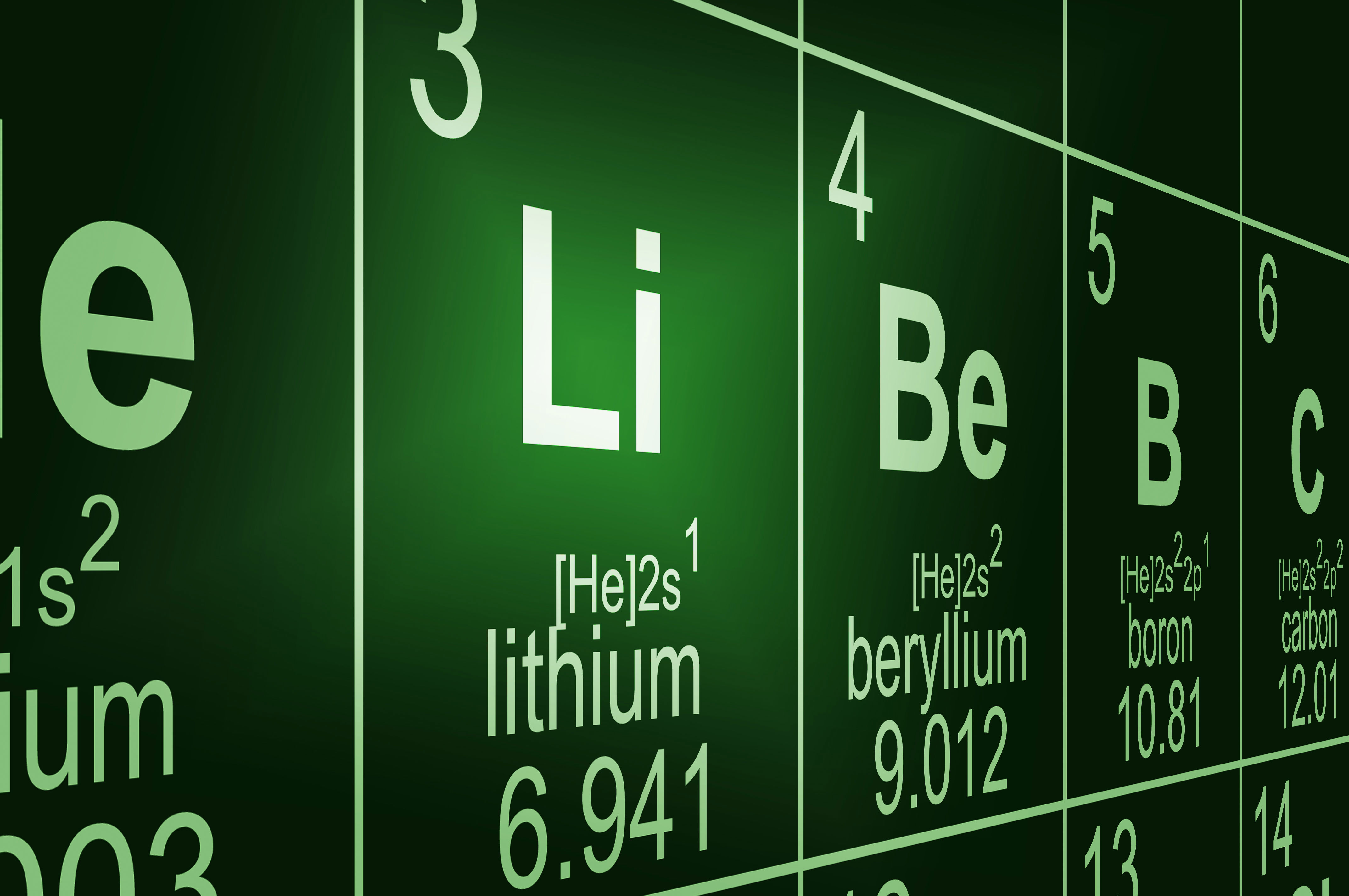Investing across the economic landscape
Investing in low emissions solutions in property, infrastructure, industry, natural capital and resources can deliver benefits right across the economy, from lower energy consumption to alternative approaches to production, reducing demand on the energy network and abating carbon emissions.
In this section
Property
Infrastructure
Natural capital
Industry and resources
CEFC context
A greener future for landmark industrial, commercial and residential assets
The CEFC is an active investor across the property sector. This extends from commercial office, retail and industrial segments through to alternative and emerging asset classes, including student housing, retirement living and residential markets. The CEFC also invests across the capital stack, using debt and equity instruments. CEFC cornerstone investments in new property funds continue to demonstrate the positive link between financial returns and ESG outcomes. In order to optimise emissions performance and achieve long-term sustainability targets, the CEFC operates as a “patient” investor, recognising there are opportunities to reduce emissions across the investment lifecycle, from the development approval process to design, procurement and construction, then finally into operations.
Market context
Buildings account for more than 50 per cent of electricity consumption in Australia and contribute up to 25 per cent of national greenhouse gas emissions
Prime-grade assets held by institutional investors have made significant progress towards achieving net zero emissions, including those supported by the CEFC. However further investment and innovation is required in secondary-grade assets, particularly in the areas of building electrification, lowering tenant emissions and reducing embodied carbon. Analysis from the ClimateWorks Centre suggests that the property sector has the potential to reduce emissions by up to 73 per cent below 2020 levels by 2030, and approach full electrification across residential and commercial buildings by 2040.
CEFC context
Transforming key national social, economic and transport assets
Australia’s progress in cutting emissions will be influenced by how fast and well we can tackle those areas of economic activity where emissions are hardest to abate, including infrastructure, transport, telecommunications and, increasingly, data centres. These sectors account for a significant portion of Australia’s total greenhouse gas emissions. A key factor in achieving efficient, rapid and wide-scale decarbonisation is collaboration between asset owners and infrastructure users, together with industry. CEFC investments are supporting the decarbonisation of some of Australia’s most important infrastructure assets. With global emissions from data centres already surpassing those of aviation, these are expected to double between 2020 and 2025, the CEFC is increasingly looking at this asset class as an investment priority.
Market context
The infrastructure sector accounts for a substantial portion of Australia’s total greenhouse gas emissions, driven largely by fossil fuel consumption in energy generation and passenger and freight transport
According to analysis from the ClimateWorks Centre, infrastructure influences 15 per cent of Australia’s emissions directly and 55 per cent indirectly. As institutional investors increasingly consider ESG factors in their investment decisions, infrastructure owners face new challenges in the way they manage the energy profile of their assets. CEFC finance supports best practice and market leading design, construction and operations. While proven technology solutions and operating models are available to cut emissions and lift productivity, considerable challenges remain, particularly in transport emissions. Infrastructure assets are often long-lived and provide critical services for modern societies. These assets offer significant potential for emissions abatement. Improvements made to existing asset operations, and efficiencies implemented at the design and construction stages, provide ongoing benefits.
CEFC context
Re-positioning Australian natural capital for a regenerative and sustainable net zero future
The CEFC is building on its longstanding focus on agriculture-related emissions with a broader focus on natural capital. This reflects both the complexity and particular urgency of improving the sustainability and competitiveness of the Australian agriculture sector, in conjunction with measures to regenerate and improve land, water and biodiversity. CEFC investments in natural capital range from providing discounted finance for smaller-scale energy efficiency and renewable energy improvements in agriculture production, to large-scale investments in specialised funds, notably across the cropping and livestock sectors. Increasingly, the CEFC is focusing on soil carbon opportunities, particularly through the Clean Energy Innovation Fund with its specialist focus on cleantech start-ups. CEFC investments in the sector saw the CEFC named Global Sustainable Investor and Asia Pacific Institutional Investor of the year in the 2021 Agri Investor Awards. The awards recognise CEFC leadership in driving investment towards sustainability-focused, low carbon agriculture.
Market context
According to the global Taskforce on Climate-related Financial Disclosure, more than half the world’s economic output, representing some US$44 trillion of economic value generation, is moderately or highly dependent on nature
This includes agriculture-based activities and their associated revenues, as well as the value of biodiversity, ecosystems and soil carbon. In Australia, natural capital is dominated by the agriculture sector, which accounts for 55 per cent of Australia’s land use, across diverse conditions and a highly variable climate. The value of agricultural production increased 19 per cent in the past 20 years in real terms, and is expected to reach a record $73 billion in 2021–22, due to better than expected seasonal conditions and prices. While this is positive for the sector, and the broader economy, the Australian Bureau of Agricultural and Resource Economics and Sciences has highlighted longer term concerns about the impact of climate change on agriculture production, noting annual farm profits had fallen 23 per cent in 2001–2020 relative to 1950–2000. Over the same period, the risk of very low farm returns due to climate variability had essentially doubled, from a one in 10 frequency to more than one in five.
CEFC context
Tapping into Australia’s emerging critical minerals while cutting manufacturing, industrial and mining emissions
The CEFC is developing new financing solutions for heavy industry and resources, to capitalise on their outsize potential to cut emissions, while supporting their continued contribution to the national economy in the transition to net zero emissions. Manufacturing produces more than 11 per cent of Australia’s direct emissions, with some 45 per cent of this coming from the manufacture of commodities. The 2021–22 year saw the CEFC complete two of its largest ever emissions-reduction transactions, working with substantial manufacturers to transform production processes. In addition, the CEFC has a strong focus on the resources sector, where mining-related emissions have increased at almost double that of the services, construction and transport sectors collectively. The CEFC sees substantial investment opportunities through the decarbonisation of existing mining operations, alongside efforts to accelerate the development of the critical minerals sector, which is central to the clean energy supply chain.
Market context
The substantial task of cutting emissions across the manufacturing and resources sectors is well recognised, due to its heavy reliance on fossil fuels as both a heat and transport energy source
However, fuel security issues, technology improvements and the relatively lower cost of renewable energy are challenging the status quo, together with escalating investor demand for substantial improvements to the emissions profile of their assets. Work by the Australian Industry Energy Transitions Initiative (ETI) found that Australia’s industrial regions contribute significantly to the national economy but are also significant producers of hard-to-abate emissions. The ETI, which brings together industry and business leaders including the CEFC, forecast the potential to cut emissions by as much as 88 per cent in just five major industrial zones – including the Pilbara, Kwinana, Hunter, Illawarra and Gladstone. This is the equivalent to 70 Mt CO2-e of abatement, or removing all emissions from cars and light commercial vehicles across Australia. To achieve this level of abatement, investment in these regions and enabling infrastructure required would be in the order of $50 to $100 billion. The required renewable energy infrastructure, green hydrogen and energy storage has the potential to create job opportunities for 178,000 to 372,000 Australians.



